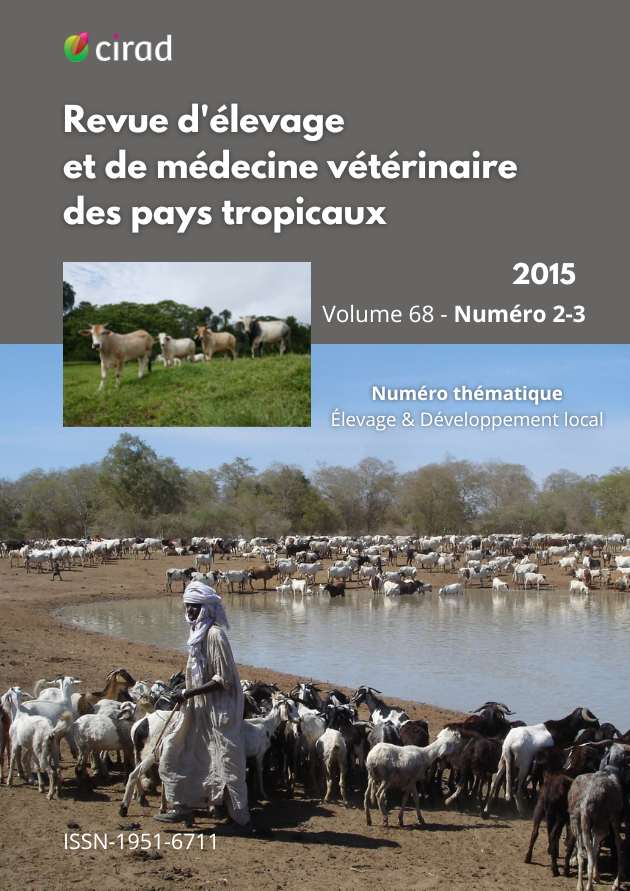Water harvesting model for improved rangeland productivity in Butana, Sudan
DOI:
https://doi.org/10.19182/remvt.20601Keywords
LiFLOD 2011, rangeland, biomass, water conservation, rain water management, Spot image, SudanAbstract
The above-ground biomass and floristic composition of Butana rangelands in Sudan were assessed in 2006 with field surveys covering 25 sites. The remote sensing data derived from Spot image for the same period was integrated to the field surveys to map the spatial distribution of biomass production (kg ha-1) using the perpendicular vegetation index. A rainfall map of the region was established from the meteorological data of the season and the digital elevation model. The rain use efficiency factor, which is the quotient of the annual primary production (kg dry matter ha-1) of a season by rainfall (mm) of the same season, was used as a rangeland degradation and desertification indicator in Butana. To test the potential of water harvesting techniques on biomass production, two seasons’ experiments were conducted (2006 and 2007). Their results were used to simulate the potential of biomass production with water harvesting application through a general model that linked remote sensing output, field measurement and water harvesting results.
Downloads
Downloads
-
Abstract1161
-
PDF334
Received
Accepted
Published
How to Cite
Issue
Section
Categories
License
© E.A.Elfaki et al., hosted by CIRAD 2016

This work is licensed under a Creative Commons Attribution 4.0 International License.








